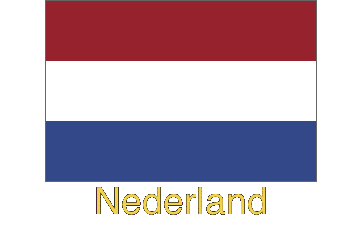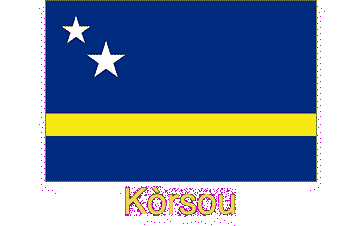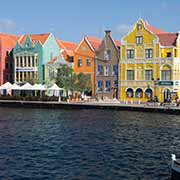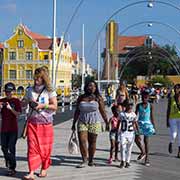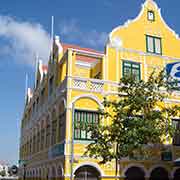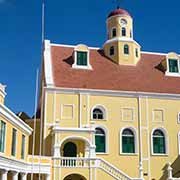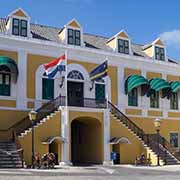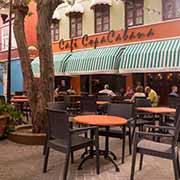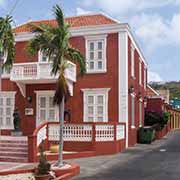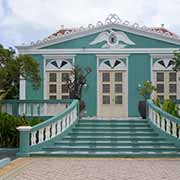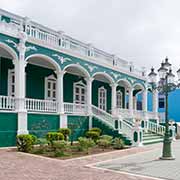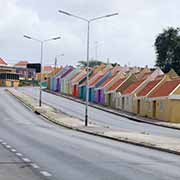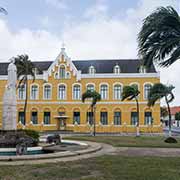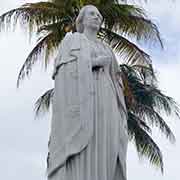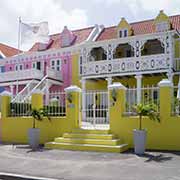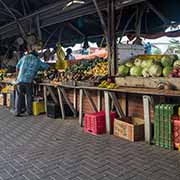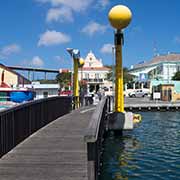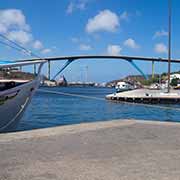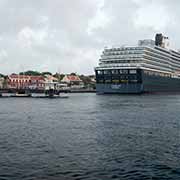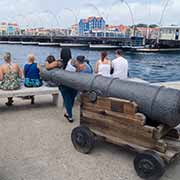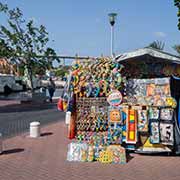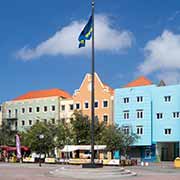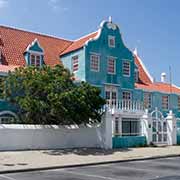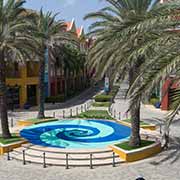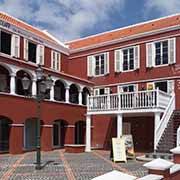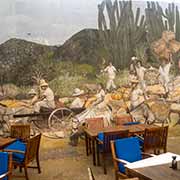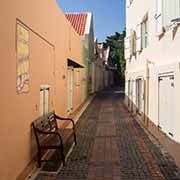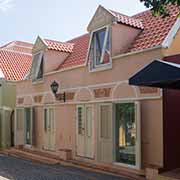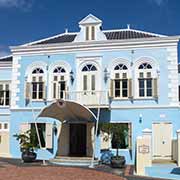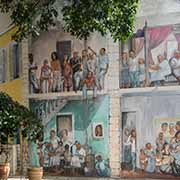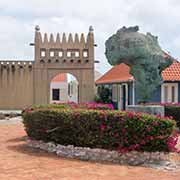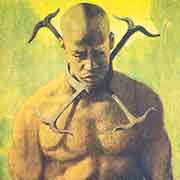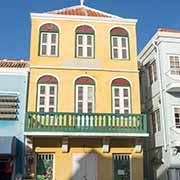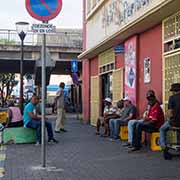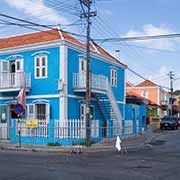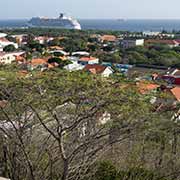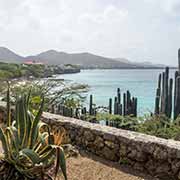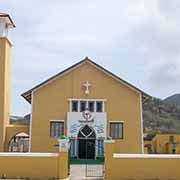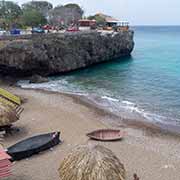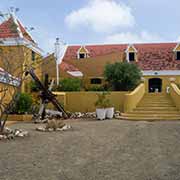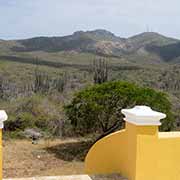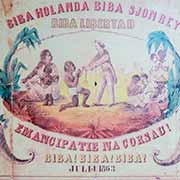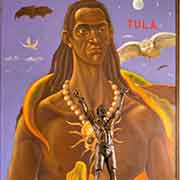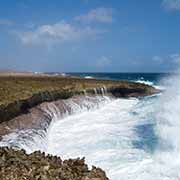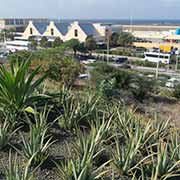Photos of Curaçao, Dutch Caribbean
Curaçao
Curaçao, formerly part of the Curaçao and Dependencies colony and later the Netherlands Antilles, is, since 10 October 2010, a constituent country in the Kingdom of the Netherlands. It is about 65 kilometres north of the coast of Venezuela, has an area of 444 km² and a population of around 160,000. Its capital is Willemstad: its centre with unique colourful Dutch architecture and harbour has been designated a UNESCO World Heritage Site.
you may then send it as a postcard if you wish.
The name “Curaçao” may be of Amerindian origin - the name they called themselves. This seems supported by the Spanish: they called the Arawak and Caquetío people (who had migrated from the mainland centuries earlier) “Indios Curaçaos”. By 1515 the Spanish had almost all of the 2000 Amerindians transported to the island of Hispaniola as slaves and settled on the island in 1527. They imported European livestock, and the Spanish and the few remaining Caquetío herded cattle. Towards the end of the Spanish occupation, the island was used as a cattle ranch; agriculture was unsuccessful because of the island’s aridity. Many Spanish left, and the small population of Caquetíos actually increased.
The Dutch captured the island from Spain in 1634 and deported the 30 Spanish and many indigenous people to Venezuela. Dutch colonists allowed about 30 Taíno families to live on the island. The Dutch West India Company established Punda, on the south coast, as a walled city and developed it into a significant centre of the Atlantic slave trade. Pietermaai was built as a separate town in 1675, and in 1707 Otrabanda was founded on the other side of Sint Annabaai - the name is Papiamentu for “opposite side”. The natural harbour, an inlet called Schottegat, became an important trading place; on its banks, Willemstad was founded. From 1662 the Dutch West India Company made Curaçao a centre for the Atlantic slave trade: slaves were brought from West Africa and sold to work in the Caribbean and the Spanish-occupied mainland of South and Central America. Slavery was abolished only in 1863; the Kura Hulanda Museum in Otrabanda depicts this period.
In 1954 Curaçao joined, with the other Dutch Caribbean islands, the Netherlands Antilles, but discontent with the relationship to the Netherlands, unemployment and perceived discrimination led to riots in 1969. The Dutch government introduced far-reaching reforms, and Papiamentu, the Spanish and Portuguese-based creole the people spoke, became more prominent. The Shell oil refinery, which had been operating at a loss, closed down in 1985, after 50 years. Many people emigrated to the Netherlands in the late 1990s and early 2000s to escape economic hardship.
On 10 October 2010, Curaçao became an autonomous country, but, being within the Kingdom of the Netherlands, the latter remains responsible for defence and foreign policy. The Netherlands has had to interfere to ensure that parliamentary elections were held and oversee financial matters. Tourism plays a significant role in Curacao’s economy, especially in cruise tourism: it was named a Top Cruise Destination in the Southern Caribbean in 2017. Willemstad is a major drawcard with its brightly painted buildings, and there are coral reefs for snorkelling and scuba diving. The port of Willemstad is a Free Trade Zone, and the island now has a high-income economy.
